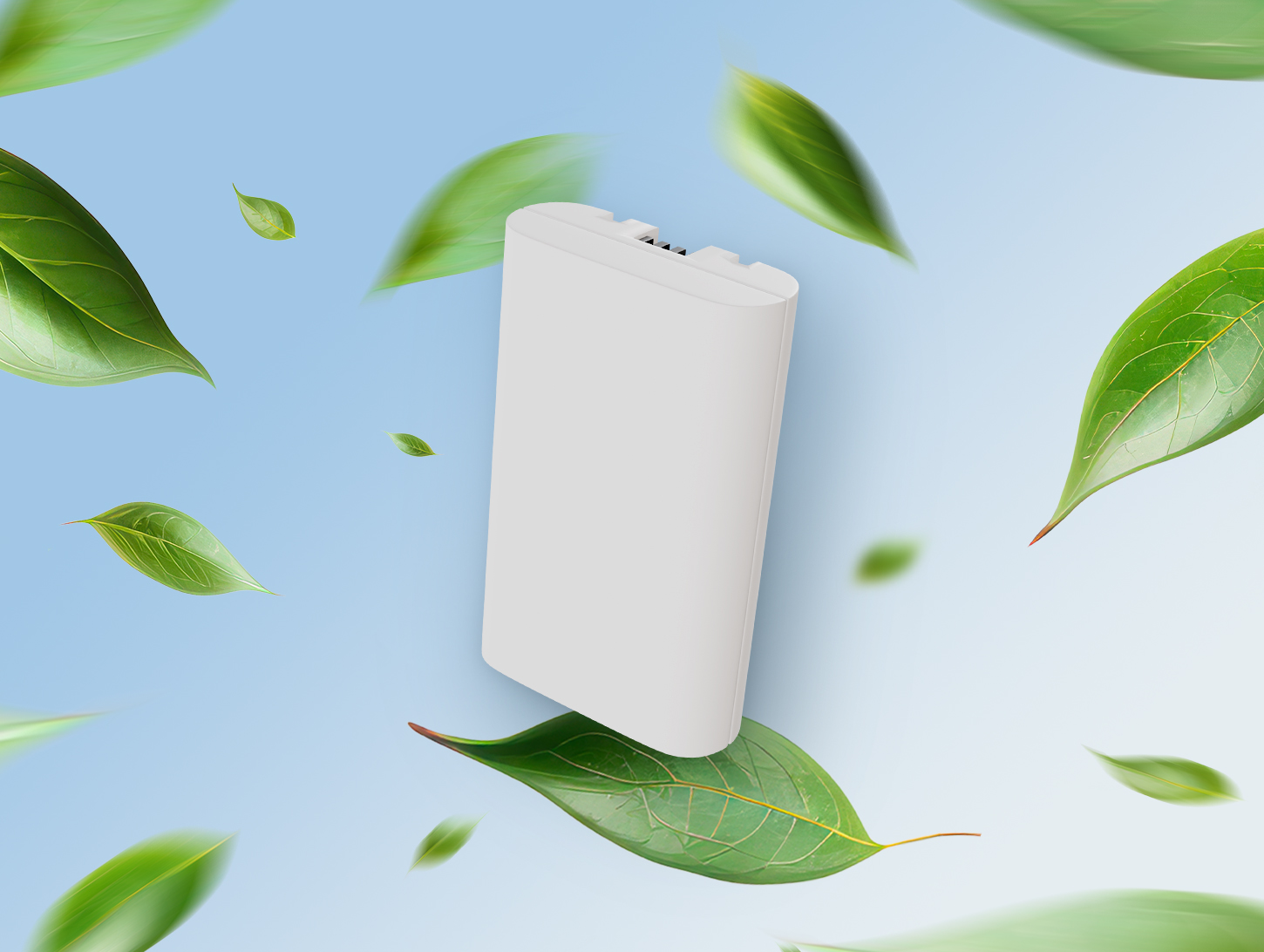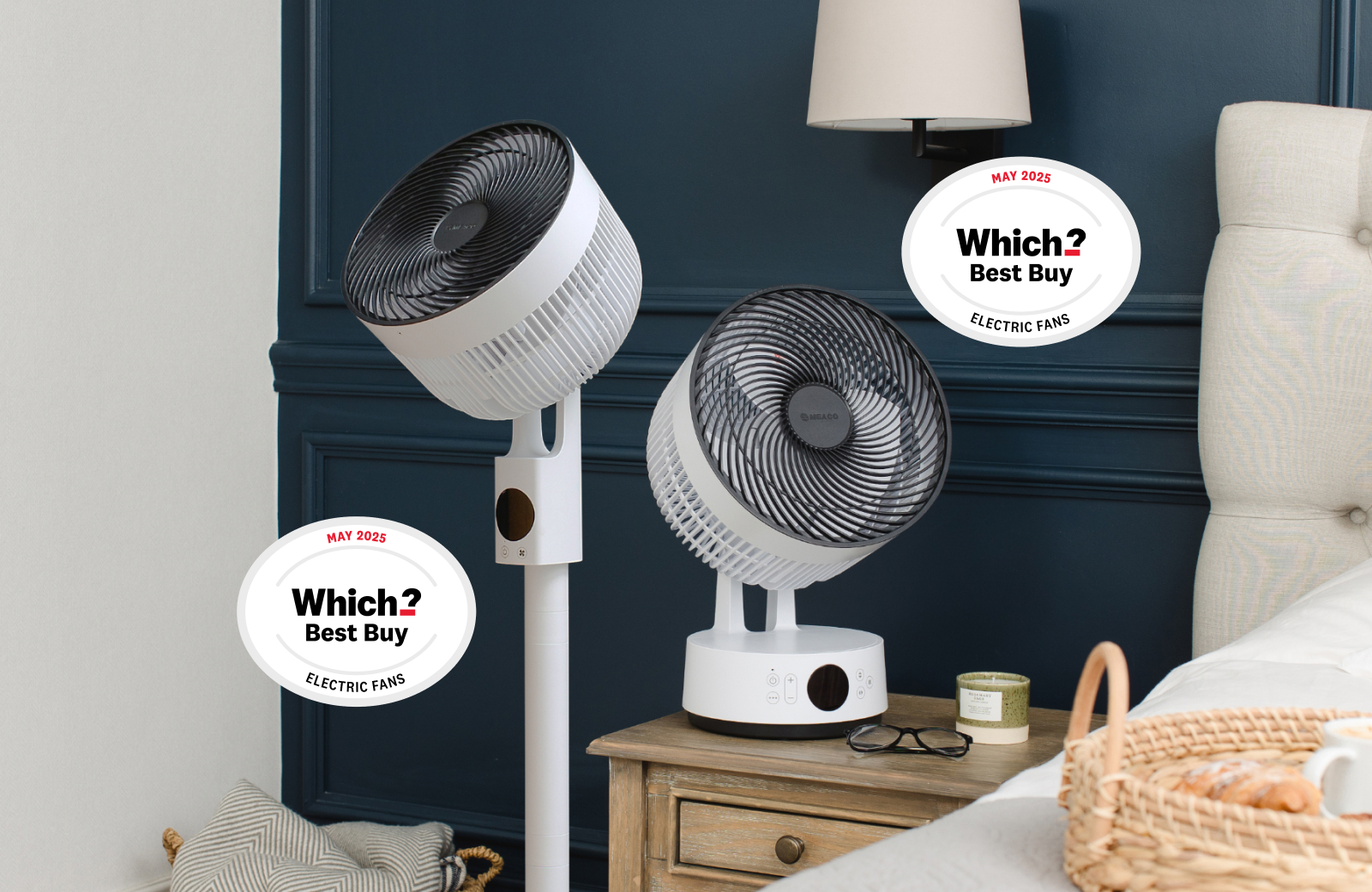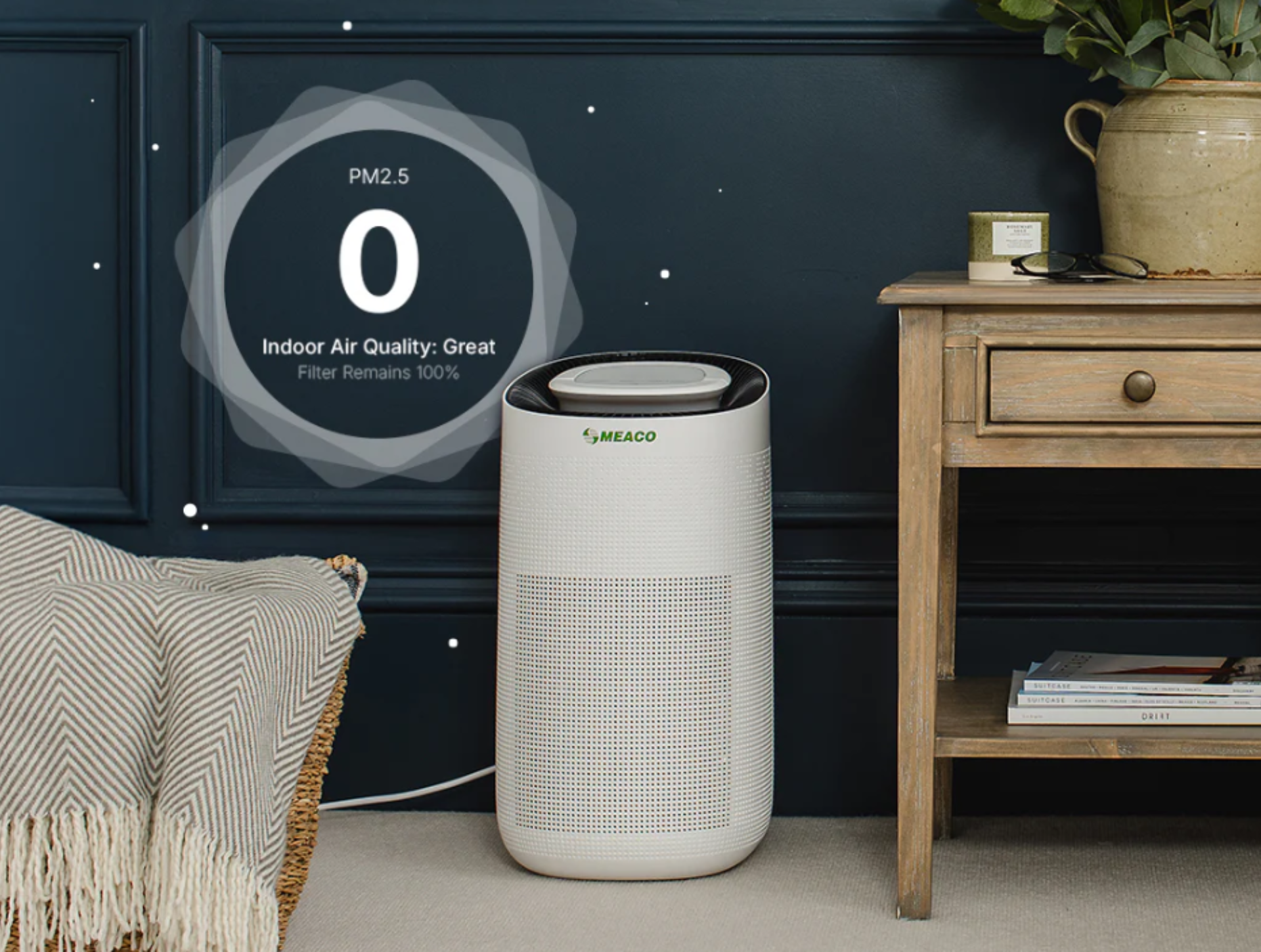Practical tips to keep cool this summer without spending a fortune on energy bills
The British summer is just around the corner. While the potential for BBQs and trips to the pub garden rise exponentially, unfortunately so does the cost of living. Households are faced with an even steeper challenge this summer as the UK is currently experiencing an unprecedented rise in energy tariffs.
It’s important to stay cool at home this summer, all the while keeping energy costs down. As an expert on all things cool and the MD of leading air treatment specialists Meaco, Chris Michael has put together some top tips to stay comfortable without paying above the odds on energy bills:
Keep the heat outside
Before switching on a cooling appliance, there are a couple of ways to fend off the heat from outdoors and keep your room nice and cool. Instinctively, the first port of call is often to open a window as far as possible, but consider this: is the air outside cooler than the air inside? If the answer is no, you may want to keep the window shut. That said, if going without fresh air simply isn’t an option, then a through draft can be created by opening two windows or doors on the opposite sides of a room or opposite ends of the house. This will provide a nice breeze while reducing the chance of any hot air building up inside.
Similarly, keeping curtains and blinds closed throughout the day will help prevent heat directly from the sun warming up a room. Combining the through breeze method outlined above while keeping the blinds down is an effective method of reducing the amount of solar gain in that area. Yes, sitting around in the dark on a lovely summer’s day doesn’t sound much fun, so this tip is particularly useful if a space will be unoccupied for large portions of the day. Furthermore, switching off electrical appliances when they aren’t in use will not only save on electricity costs, but electrical appliances also emit residual heat while running and so directly contribute to the overarching issue at hand.
Fans are the cheapest, most energy-efficient solution
When shopping for an electric appliance to help maintain a cool indoor temperature, there are typically two different types of products to consider: air conditioners or fans. While air conditioning systems are powerful and undoubtedly effective in cooling down a room, fans are easily the most energy-efficient and, therefore, cost-effective solution.
According to Chris Michael, “a fan blowing cool air around a room is far cheaper than running an air conditioner”. In fact, the difference in energy consumption is quite staggering.
Mighty Gadget recently compared the two incorporating the most recent electricity prices into the equation. They found that a portable air conditioner costs on average 34p per hour as opposed to 1.5p per hour for a typical pedestal type cooling fan.
The Energy efficient “A” rated MeacoFan 1056P pedestal fan is even more energy efficient then that. With an approximate electricity cost of less than 1p/hour based on 34p/kWh* on the highest fan speed. These figures in pence might sound small but within a few months this could save you around £40 per summer.

AC or DC FAN? Buying a Meaco DC Fan could save you £37 in a matter of months!
Most fans will use one of two types of motors – AC (alternating current), or DC (direct current). In short, AC connects directly to a power source whereas DC is converted from AC power via a transformer. The result is that using a DC motor decreases the amount of power needed to work the motor.
For a domestic setting, DC powered fans are preferable for two main reasons:
- DC fans use approximately 3x fewer watts than AC fans, resulting in considerably lower running costs. Take for example, the MeacoFan 1056 which like the MeacoFan 1056P has an approximate electricity cost of less than 1p/hour based on 34p/kWh on highest fan speed. Meaning that if used for 12 hours per day from between May to September you would expect to pay around £18.60 as opposed to £55.80 from using an AC in fan energy bills this summer.
- DC motor technology results in lower noise levels (e.g., the MeacoFan 650, which at just 20db is whisper quiet)
It’s important that consumers look beyond the initial price tag of a cooling fan. What at face value might seem cheap to buy could well be more expensive to run. Value can be found by finding out if its powered by AC/DC. Perhaps the added value of low noise makes the case for a DC fan even more compelling during the hot sticky nights.
Choose the right fan
Finally, it’s important to choose the right fan to ensure that the running costs remain as low as possible, whilst keeping a room as cool as possible. In summary, key factors to consider when shopping for a fan are as follows:
- Low energy consumption, to keep running costs low. Look for DC fans
- Room size – larger fans that oscillate will push air around the room more effectively than smaller fixed position fans
- Low noise levels to help you and your family concentrate, relax and sleep at night
- Long product lifespan, the cheapest might mean it won’t last long, check the warranty
- Awards – Has the fan been recognised by consumer and industry bodies for attributes such as low noise, build quality or low energy?
- Reviews – What does the consumer press and most importantly other consumers think about the fan? Trust unbiased consumer press resources such as Which?
A combination of the free tips outlined in this article, and an energy-efficient fan will help save as much money as possible this summer to stop you from getting hot under the collar over bills.
Chris Michael recommends any one of the award-winning MeacoFan collection as a cost-effective solution that ticks all the above. Of course, no need to just rely on his word, the MeacoFan 1056 currently has over 5,000 five-star reviews!
Browse the range and see how Meaco can help keep the house, office and holiday home cool and pockets full this summer.








3 responses
I am interested I purchasing the pedestal fan, but are the figures for running the fan accurate in today’s energy climate – especially in relation to increased costs
Hi Wendy,
Our cost to run figures are monitored and adjusted according to the Energy Savings Trust (https://energysavingtrust.org.uk/about-us/our-data/), whose current national average price per pence/kWh of electricity is 28.3p. We are happy to provide our customers with low running costs and always encourage our customers to look carefully at the technical data when buying any electronic product.
Tanya
Hi I have just purchased your 1056p fan from QVC I have been looking at them for some considerable time as I have two Dyson fans which I use down stairs I have decided to buy one for upstairs use and I like the way your fans oscillates and how quite they seem to run which is a must in my bedroom as I am a lite sleeper I look forward to receiving it and will give a rating after I have used it for a while . Your predicted running cost sounds very encouraging.